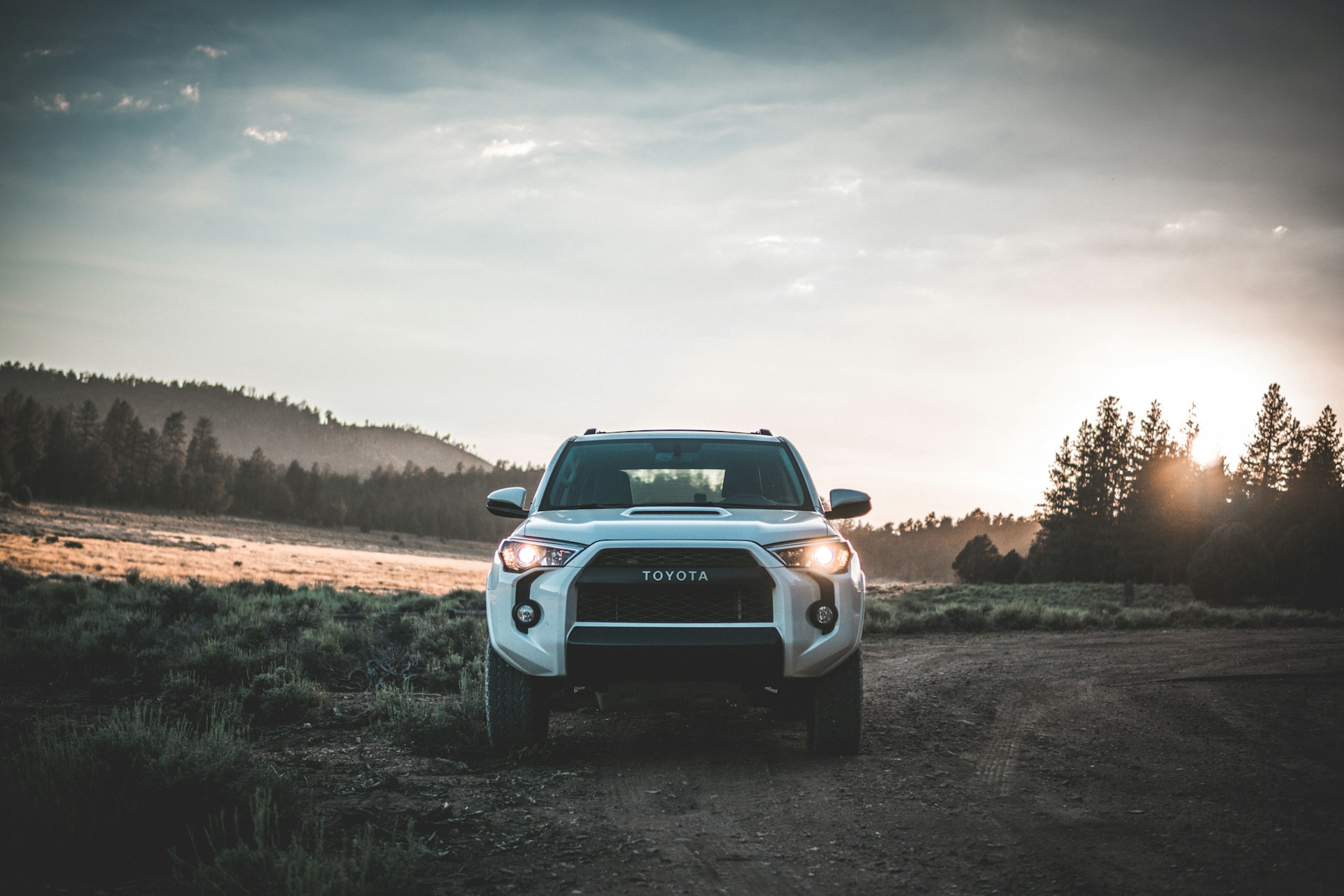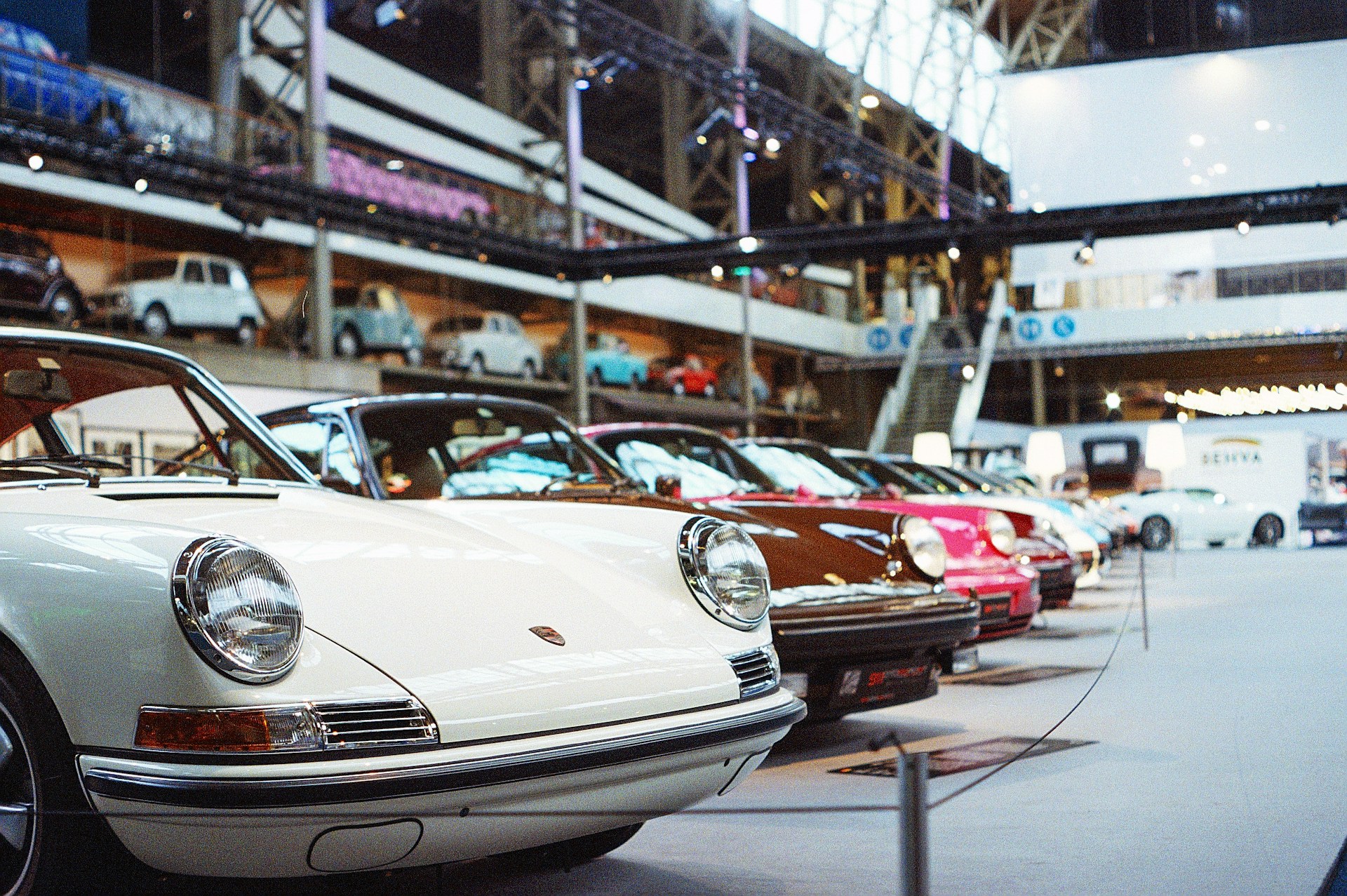Contents
Restoring a car is more than a hobby; it’s a passion shared by car people around the world. Whether you’re a seasoned mechanic or a novice, selecting the best cars to restore is the first step in a rewarding journey. This guide from SCA will help you find the right car for your project and provide insights into making your restoration a success. Beyond the initial selection, there’s a world of possibilities; literally, millions of other cars could catch your interest, but focusing on a particular car to restore can be part of the unique joy. It’s about finding that one model that speaks to you, ensuring the project is affordable, and understanding the price of the final product. The fun of the process and the satisfaction of completing a project offer their own rewards, well worth the time and money you’ll invest.
Table of Content
- Identifying the Best Vehicles for Restoration
- Where to Find Cars to Restore
- Assessing the Condition and Cost
- Restoration Resources
- Top Picks for Restoration Projects
- Muscle Cars
- Classic American Models
- Unique Finds
- Foreign Classics
- Summary
- FAQ
Identifying the Best Vehicles for Restoration
When contemplating the restoration of classic cars, several models stand out due to their popularity and the availability of parts. The Ford Mustang and Chevy Camaro are prime examples of muscle cars that offer a blend of power and nostalgia. For those leaning towards something more quaint, the Volkswagen Beetle and the Ford Model T are excellent choices, encapsulating the essence of early automotive history. Not only are these models cherished as original cars, but their restoration can significantly increase their market value. When starting such a project, it’s essential to find parts efficiently; specialized forums and specialty shops are prime resources. As an example, sourcing parts for a Volkswagen Beetle is generally pretty good due to its vast production. Ensure you’re paying the right price for these components to keep your project financially profitable. Remember, restoration involves more than just purchasing a car; investing in the right tools and learning how to fix various mechanical issues are also part of the journey.
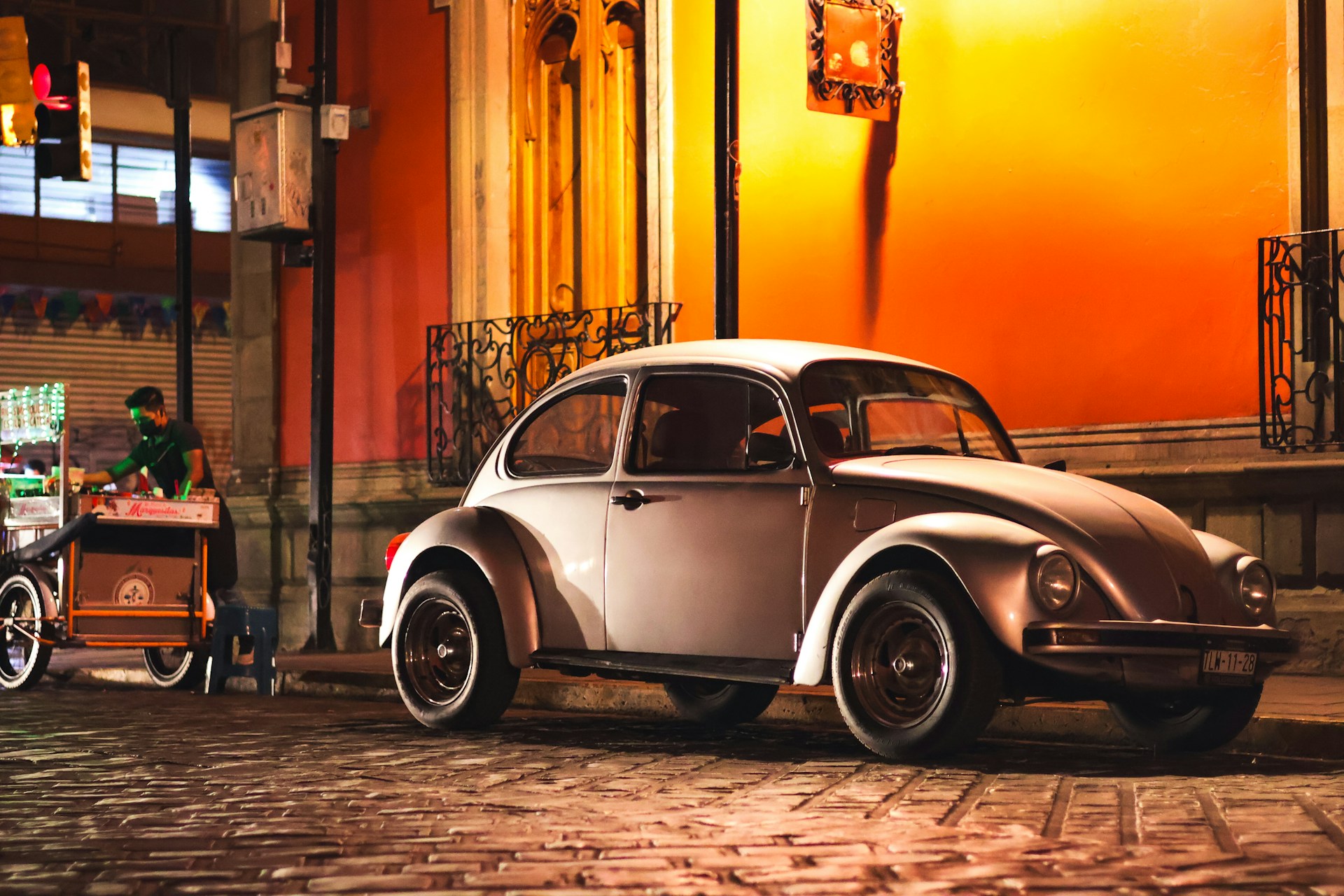
In the field of classic car reconstruction bringing a vehicle to its original state can significantly increase its appeal and financial value. For example, repairing a Ford Mustang or Chevy Camaro with correct parts, such as replicating the original factory paint colors, upholstery patterns, and engine components, can greatly increase its appeal to purists and collectors. Using authentic or properly copied parts to keep a Volkswagen Beetle’s characteristic look and functionality can elevate it from a basic hobby car to a desired classic. Similarly, ensuring that a Ford Model T is outfitted with original accessories and materials from its manufacture date can significantly boost its historical value and market worth. This commitment to authenticity necessitates a thorough investigation into the vehicle’s production history, as well as the identification of specialized vendors or craftspeople capable of providing the necessary parts or refurbishing services. The idea is to replicate the vehicle as closely as possible to how it left the manufacturing floor, preserving a piece of automotive history while increasing the restored car’s value and appeal.
Where to Find Cars to Restore
Finding the perfect project car can be a challenge, but with the right strategies, you can uncover hidden gems. Online forums and local car shows are fantastic places to start. Attendees and members are usually eager to share leads on available vehicles. Additionally, dedicated websites and social media groups focusing on classic cars and trucks can be gold mines for finding potential restorations. Remember, the best finds are often not advertised widely, so tapping into these car communities can give you an edge. Beyond these initial sources, don’t overlook the value of a simple garage visit or contacting vehicle restoration specialists. Sometimes, the ideal project car is sitting in someone’s garage, waiting to be discovered. Evaluate the car thoroughly, focusing on the engine, body, and interior conditions. Ideally, aim to pay a fair price for a vehicle that can be restored to a high standard. Successfully restored cars not only bring personal satisfaction but can also be valuable assets if selling is part of your plan.
Assessing the Condition and Cost
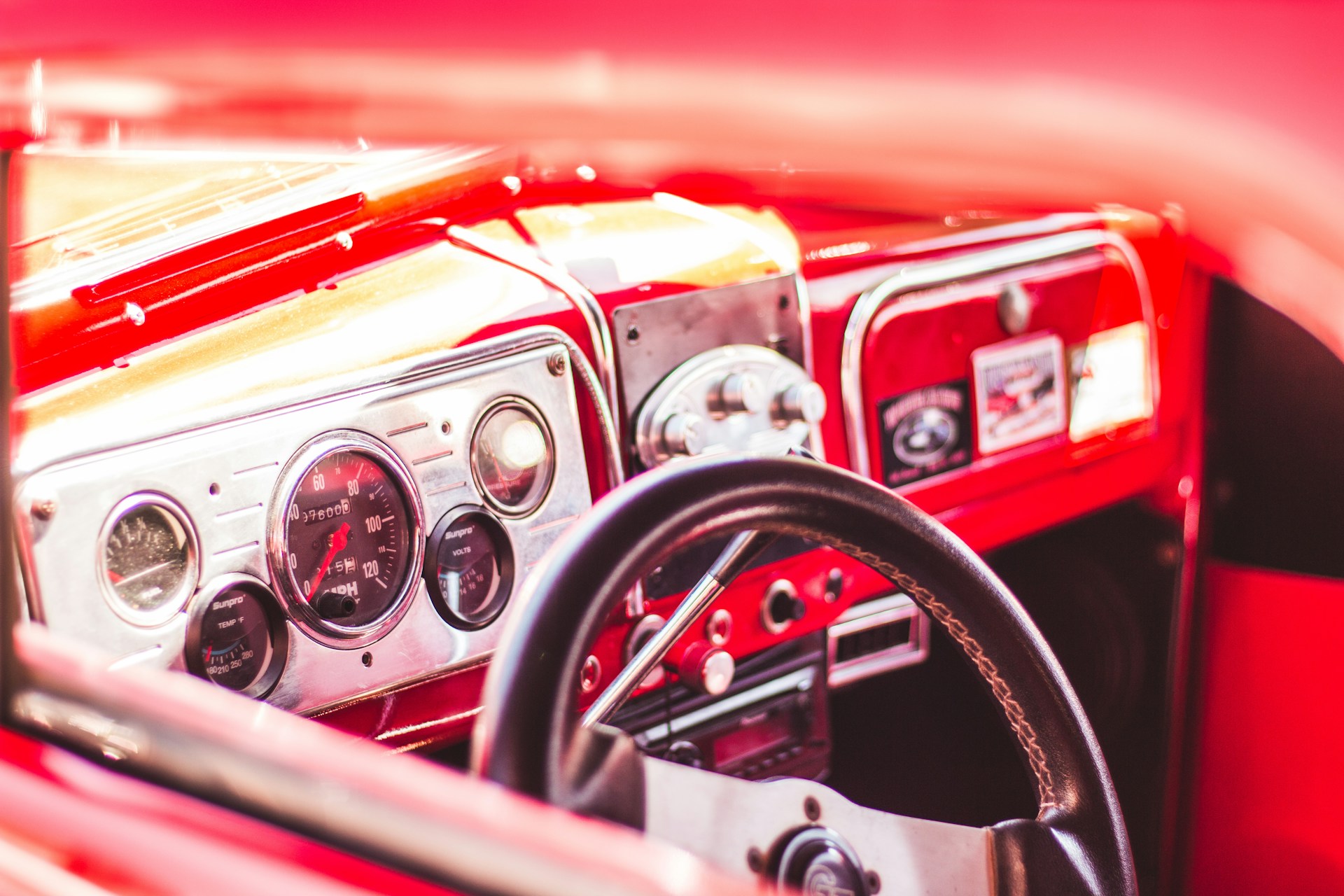
Before diving into a restoration, it’s crucial to evaluate the car’s condition and consider the cost of bringing it back to life. Look for a car in decent shape to avoid excessive expenses. A car with a solid body and engine will reduce the need for extensive repairs. Factor in the price for aftermarket parts and the potential selling price to ensure your project is financially viable. Set a budget and stick to it to avoid overspending on your classic car restoration. While assessing, be mindful of cars that may seem like a bargain at first glance. Sometimes, a low initial price can be misleading if the vehicle requires significant bodywork or rare components. The ideal car to restore represents a good balance between initial cost and future potential. For example, project cars like the Mercury Cougar can offer unique appeal among classic cars, but ensure that the total restoration cost aligns with your budget and the car’s ultimate value.
Restoration Resources
One of the challenges of restoring old cars is finding the right parts. Fortunately, for popular models like the Ford Mustang or Chevy Camaro, aftermarket parts are readily available. For more unique vehicles, such as the Pontiac GTO or AMC AMX, sourcing parts may be a bit harder. Online auctions, specialized vendors, and car shows can be invaluable resources for finding parts. Engaging with the community can also provide helpful advice and troubleshooting tips. Beyond these, salvage yards can be treasure troves for restorers, offering original parts that may not be available elsewhere. Additionally, fabricators can replicate parts that are no longer on the market. Remember, patience is key in restoration; the search for the perfect part can take time but is often well worth the effort for the authenticity and functionality it brings to your vehicle.
Top Picks for Restoration Projects
Muscle Cars
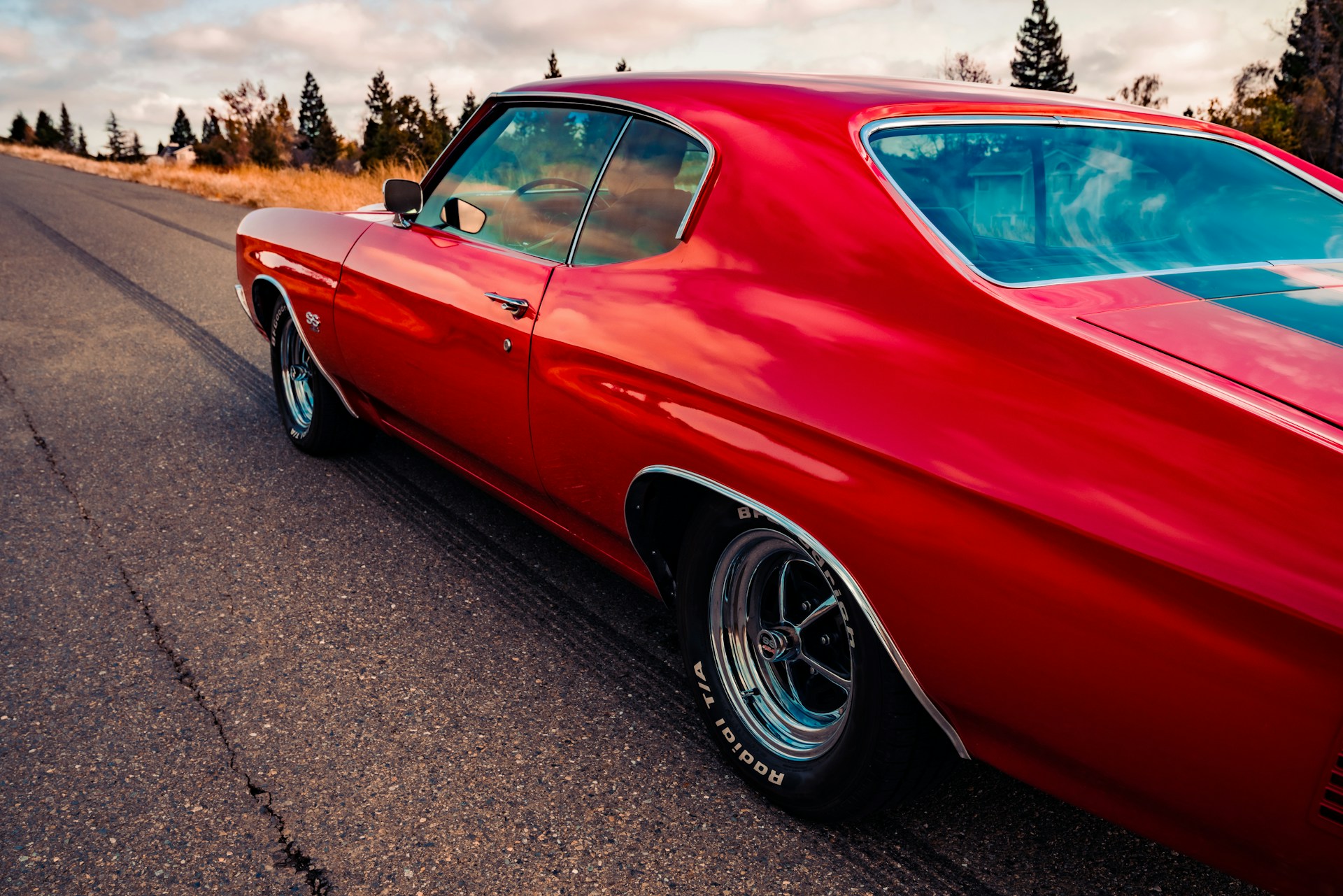
The allure of every muscle car like the Ford Mustang, Chevy Camaro, and Pontiac Firebird is undeniable. These vehicles offer a powerful engine and a body style that turns heads. Restoration of these cars can be a rewarding project, leading to a valuable and fun car. Restoring these icons offers a nostalgic journey back to the golden age of American automotive dominance. The process involves special attention to detail, from sourcing the correct parts to applying the final coat of paint. Restoring a vehicle brings pride and the chance to drive history. Restored muscle cars often turn into collection highlights, earning admiration at car shows and from enthusiasts, showcasing their iconic performance and style.
Classic American Models
The Ford Model A and the Mercury Cougar are excellent choices for those looking for a classic American feel. These cars offer a glimpse into the automotive past while being more affordable and accessible than other classic cars. The mentioned Model A, with its vintage charm and simplicity, appeals to those who admire the dawn of popular automobiles. Its parts are relatively easy to find, and its mechanical simplicity allows for a more straightforward restoration process. The Mercury Cougar symbolizes American muscle and luxury, offering a unique appeal. Its sleek lines and powerful engines attract many fans. They appreciate its blend of performance and style from the late ’60s and early ’70s. Restoring these models offers a special opportunity. You can own a part of American automotive history. Additionally, you experience the nostalgia and pride of driving a classic car on modern roads.
Unique Finds
For those seeking a project off the beaten path, the AMC AMX and the Pontiac GTO offer a distinct style and performance. These models are less common, making a restored version stand out at any car show. Their unique designs and powerful engines create a sense of individuality and nostalgia that is not present in more frequent restorations. Tackling such rare vehicles can demonstrate a restorer’s talent and dedication, as they frequently necessitate a deeper delve into niche markets for components and information. However, the ultimate result is a unique vehicle that not only represents a piece of automotive history but also reflects the personal journey and effort put into its restoration. Restoring an AMC AMX or Pontiac GTO may turn heads and spark conversations, providing a sense of fulfillment and connection to the past that few other vehicles can match.
Foreign Classics
The Volkswagen Beetle, also affectionately known as the VW Bug, is a beloved classic worldwide. Its distinctive shape and historical significance make it a rewarding project car. Restoring one can connect you to a global community of Beetle enthusiasts. This global network can be a great place to find rare parts, share restoration tips, and become inspired. Furthermore, the design and engineering of the VW Bug have stayed very similar throughout time, which makes restoration easier. Successfully restoring a Beetle adds an exclusive vehicle to your collection while also preserving a piece of global automotive history. Cruising in a restored Beetle provides an unequaled sense of joy and pride, as well as a driving experience that is both nostalgic and charming.
Summary
Restoring a classic car can be a deeply rewarding venture, both personally and financially. Models like the Ford Mustang, Chevrolet Camaro, VW Beetle, and Ford Model A stand out. They are excellent for restoration due to their popularity and part availability. Their enduring appeal also plays a significant role. Success requires finding the right vehicle. You must assess its condition and potential costs. Sourcing parts and advice through online resources and events is essential. The journey can be challenging, especially for beginners. However, community support and resources make it attainable. Whether drawn to muscle power, American elegance, or foreign charm, there’s a project car for you. It can turn your automotive dreams into reality.
FAQ
Can I Restore a Car with No Experience?
Yes, you can start restoring a car with no prior experience, but be prepared for a steep learning curve. It’s advisable to begin with a vehicle that has a wide range of available parts and a large support community. Muscle cars like the Mustang or Chevy models are great starting points. Use reliable forums, instructional videos, and local car clubs to gain knowledge and assistance.
How Many Hours Does It Take to Fully Restore a Car?
The time it takes to restore a car can vary widely based on the vehicle’s condition, the extent of the restoration, and your skills. A basic cosmetic restoration might take a few hundred hours, while a full restoration of a classic car could take over 1,000 hours. Set realistic goals and take your time to ensure quality work.
Is It Cheaper to Restore a Car or Buy a New One?
Restoring a car can be more profitable than buying a new one, especially if you’re able to do much of the work yourself. However, the cost can vary significantly depending on the model, the extent of the restoration, and the car’s condition. If preserving a piece of automotive history is your goal, restoration might be the more fulfilling and potentially more valuable option in the long run.


